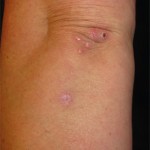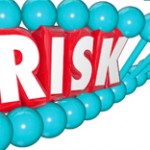CR845—an oral, peripherally selective kappa opioid agonist—is currently in Phase 2 trials for the treatment of pruritus, and acute and chronic pain.1 Eighty patients with hip osteoarthritis (OA) or knee OA were randomized to receive treatment with 0.25 mg, 0.5 mg, 1.0 mg or 5.0 mg CR845 twice daily for two weeks. Safety assessment, pharmacokinetics…







